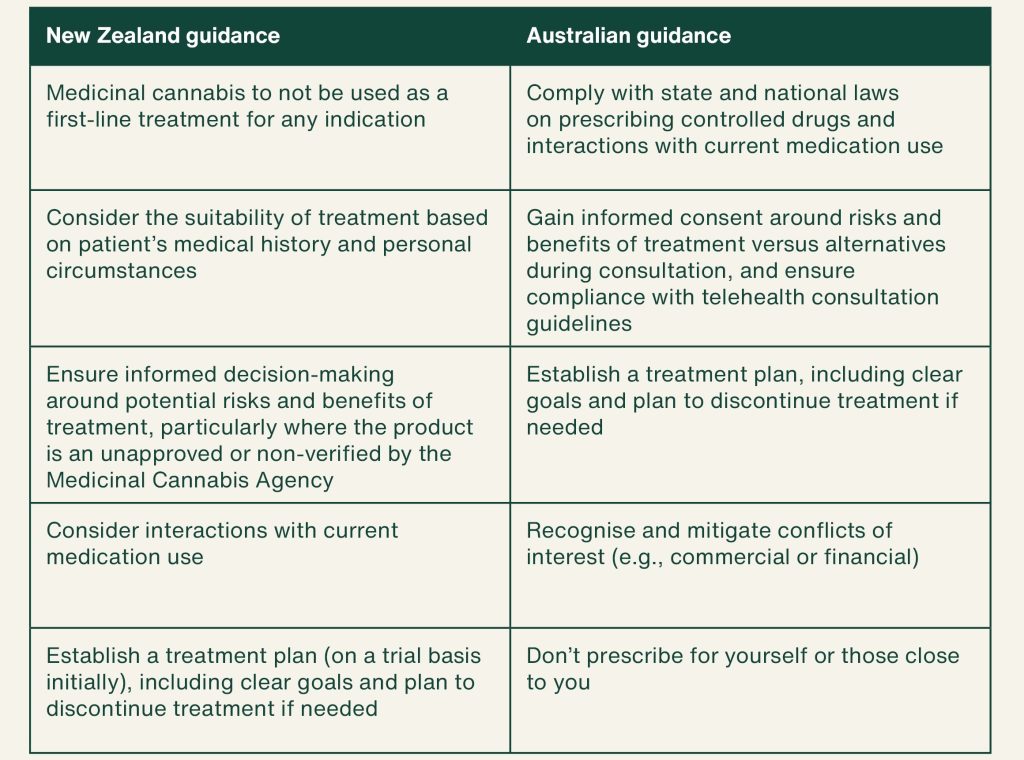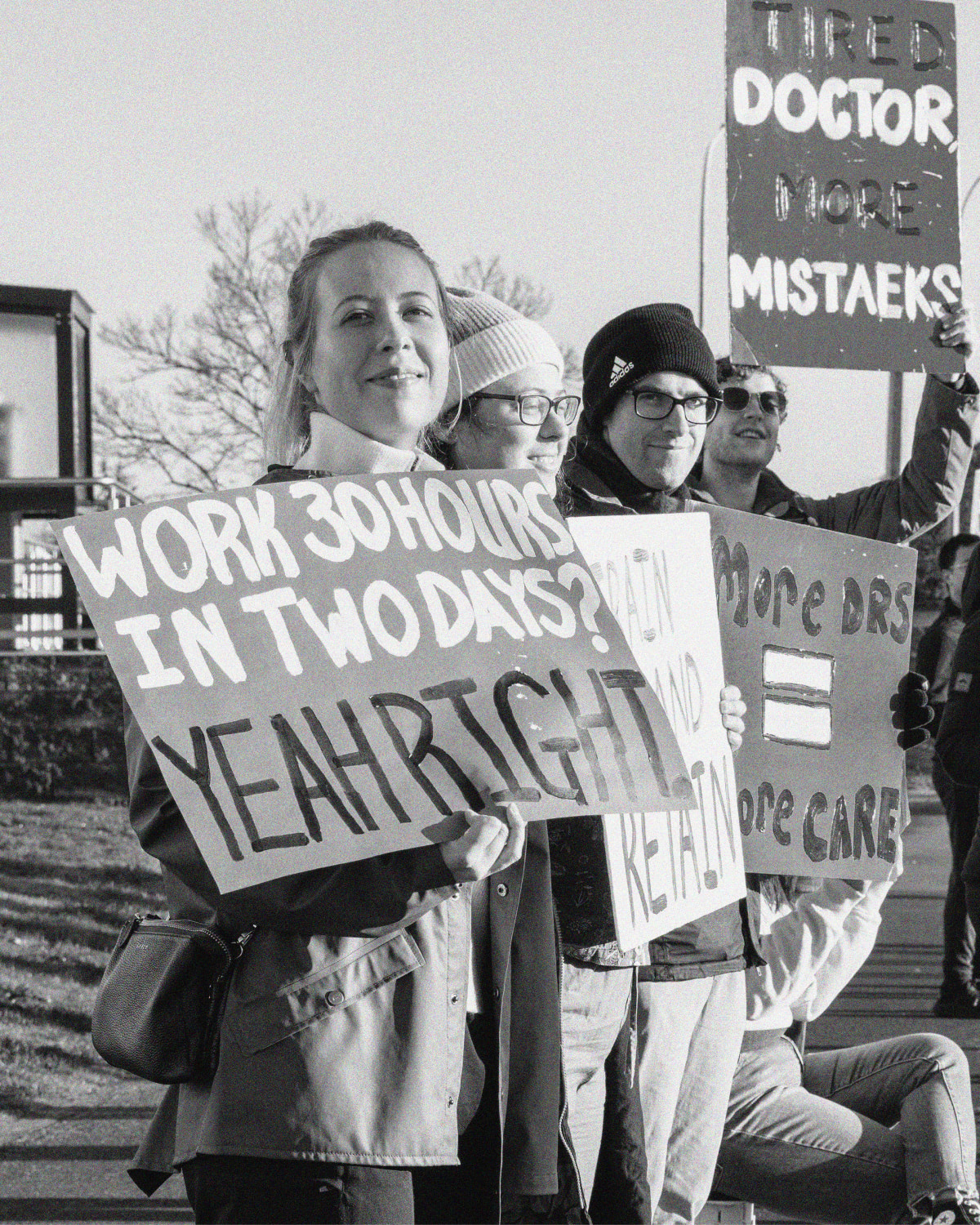Prescribing Medicinal Cannabis
Navigating Medicinal Cannabis Prescribing in New Zealand

Did you know that...
Prescriptions for medicinal cannabis have increased fourteen-fold since New Zealand’s Medicinal Cannabis Scheme started back in 2020? The Scheme was designed to make medicinal cannabis more accessible for patients, and clearly, it’s working. Between May 2023 to April 2024 alone, over 160,000 prescriptions were issued!
Since this is not a topic generally covered by medical training, you may be a bit fuzzy on the risks and benefits, including when and how to prescribe it. So, here’s a starting point.
What’s the big risk with prescribing medicinal cannabis?
While all the usual rules and considerations around prescribing apply, the biggest issue is a serious lack of oversight. For one, there’s no formal training required to practice within a cannabis-specific scope. We’ve also seen several cannabis clinics pop up, seemingly filling the gap left by GPs who might be a little hesitant to prescribe. But there’s no regulatory oversight of these clinics, and with the repeal of the Therapeutic Products Act 2023, there aren’t currently any systems in place to monitor usage and prescription either. If you’re thinking it’s bit like the wild west, you’d be right.
These issues haven’t escaped the notice of the Medical Council, who are already looking into complaints against individual practitioners. And in Australia, where medicinal cannabis prescribing has been legal since 2016, the regulator is cracking down on outlier prescribers for shoddy practices – often driven by commercial interests tied to the clinics or products themselves. So far, they’ve taken action against 57 practitioners, with another 60 still under investigation. Some of the most jaw-dropping examples include:
- Overprescribing (multiple prescriptions for the same patient or prescribing excessive quantities);
- Consultations lasting only a few seconds or a few minutes;
- Failing to assess patients’ mental health history, verify their age or identity, or check for other medication usage;
- Not coordinating care with patients’ other treatment providers; and
- Self-prescribing or prescribing for family members.
One prescriber had issued over 17,000 scripts – that’s one every four minutes of the working day!
Where can you get some guidance?
While there are no official clinical guidelines for prescribing medicinal cannabis in New Zealand, the Ministry of Health and the Best Practice Advocacy Centre New Zealand released guidance in 2022. You can read this guidance here. It cautions that there isn’t enough clinical trial evidence to support using medicinal cannabis as a first line treatment for any indication. It also sets out some important considerations to inform clinical decision-making.
The Australian Health Practitioner Regulation Agency (AHPRA) and National Boards have also recently released their own guidance, largely in response to poor prescribing practices and instances of patient harm.
As shown in the table below, the two are very similar, but our local one has been more proactive while the Australian guidance has been reactive and comes with a warning of increased scrutiny of practitioners.
Table: Some key considerations to guide decision-making around prescribing medicinal cannabis

The final word: Prescriber, beware!
While the New Zealand and Australian guidelines are a great starting point, they aren’t official clinical guidelines. Given the potential medicolegal liabilities, it’s a smart move to familiarise yourself with the evidence base so you can make confident, informed decisions for your own patients.
